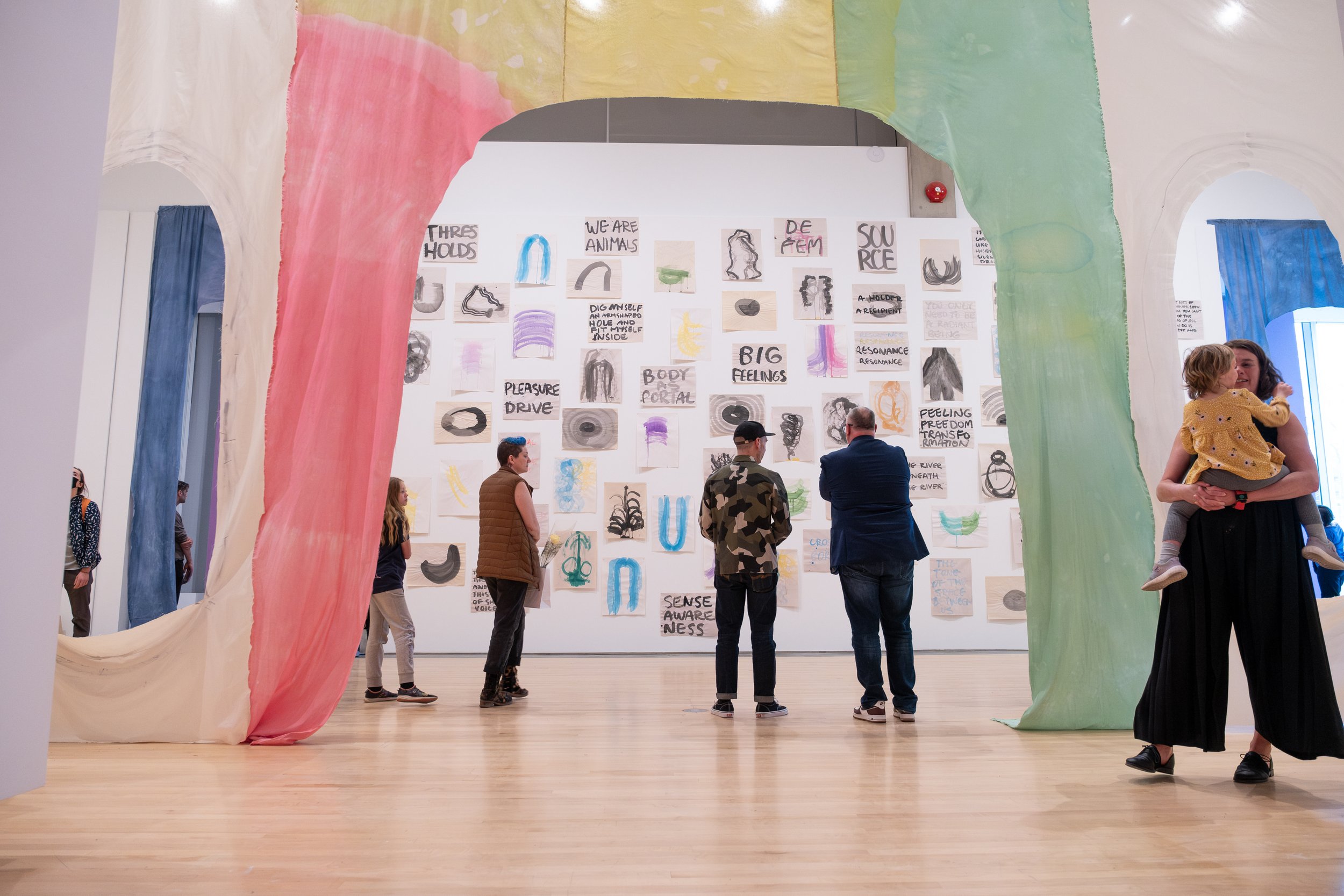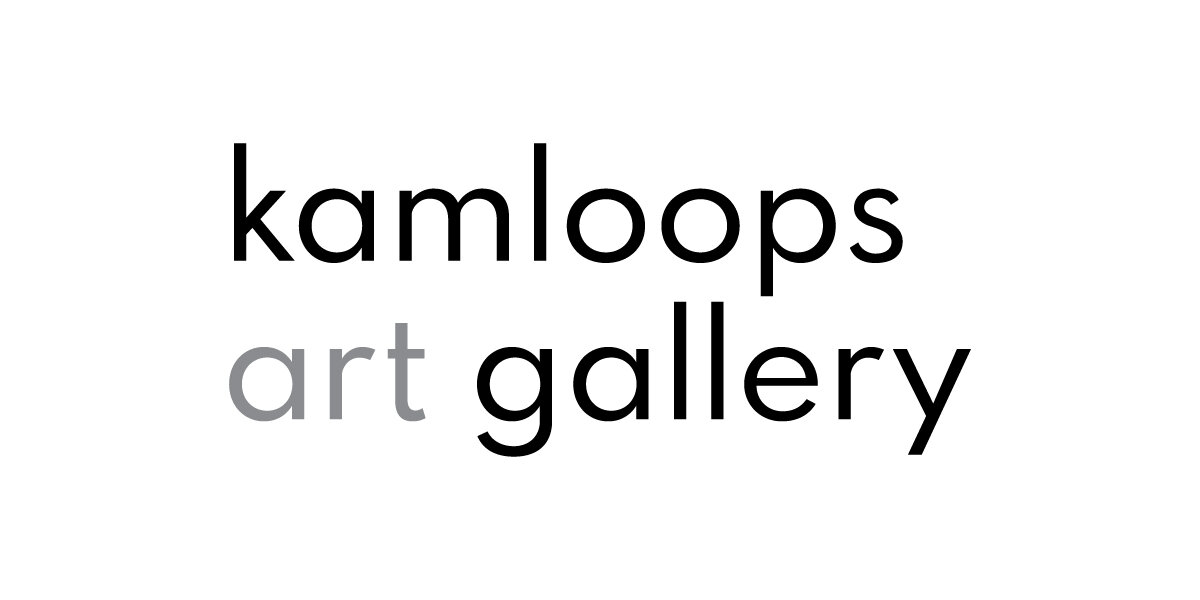F E A T U R E D P R O G R A M S & E V E N T S
N E W S
R E C E N T L Y
The Kamloops Art Gallery offers inspiring, provocative, and transformative art experiences of national caliber. Located in Secwepemcúl’ecw, it is the largest public art gallery in the Interior of British Columbia and boasts a collection of over 3,100 works of art.
With more than 10 exhibitions every year sharing the work of local, national, and international artists, the Gallery offers diverse, accessible, and affordable experiences including talks, tours, and studio-based programs for people of all ages and abilities.


















